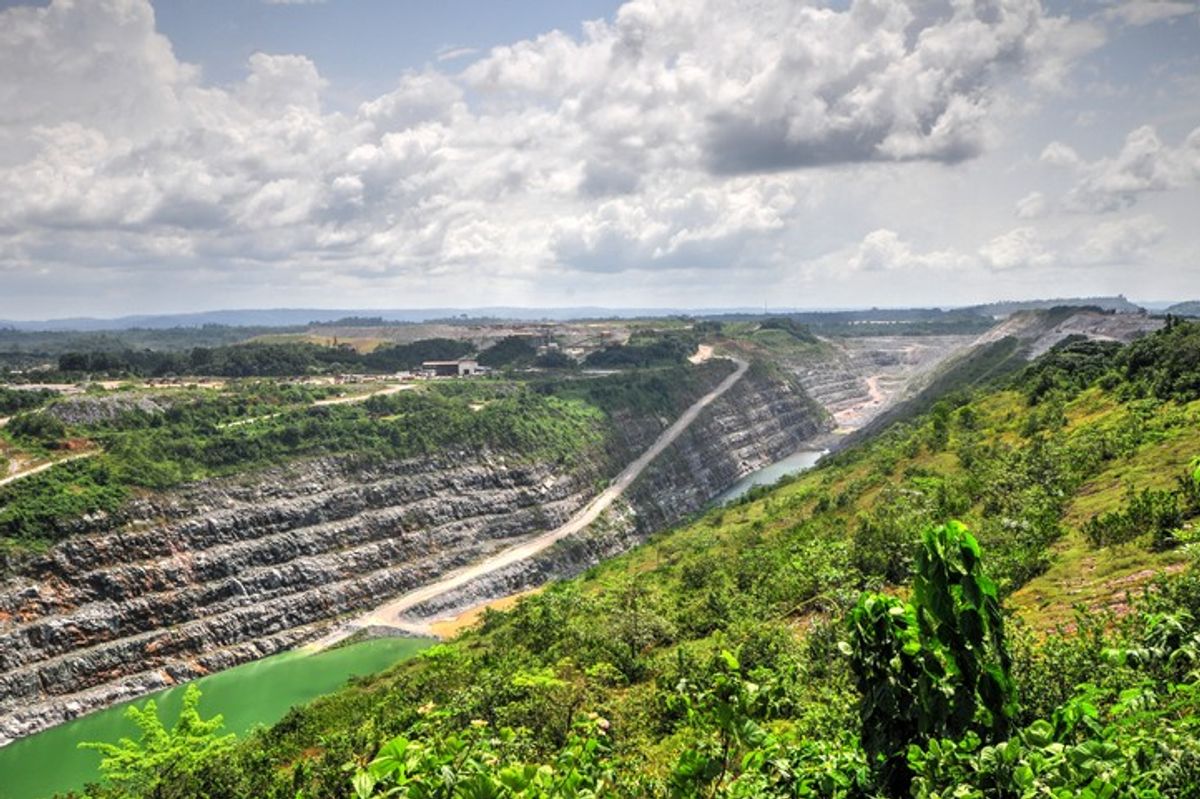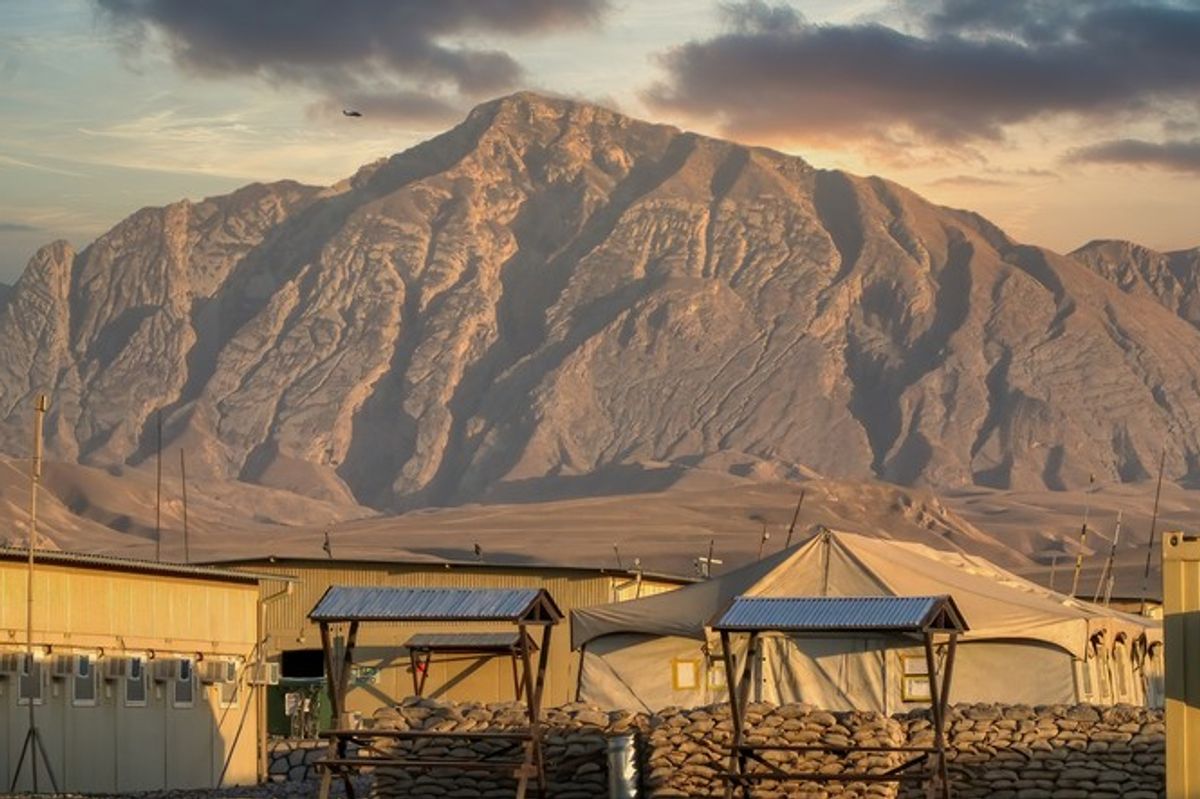India under Prime Minister Narendra Modi is trying to execute two highly ambitious programs: modernizing its military while also increasing the relative weight of domestic military production. These are both critical goals, but in the short term they often come into conflict, forcing India to choose between buying the most appropriate systems and waiting years until it can build equivalents at home. India has attempted to cut this knot by introducing reforms aimed at making the country more attractive to foreign defense manufacturers while stimulating domestic industry, but these have so far failed to lure capital on a large scale. For the foreseeable future, India will likely continue to juggle these competing priorities, making acquisition-by-acquisition decisions on whether to favor military readiness or its manufacturing base.
India is not just one of the world’s top arms importers: it is number one, spending $11 billion more on defense imports in 2010-16 than Saudi Arabia, the second-highest importer. Building a defense manufacturing base that will allow it to reduce its reliance on imports thus has high strategic and emotional valence for Indian policymakers. And it fits well with Modi’s flagship ‘Make in India’ initiative, launched in September 2014 to encourage foreign companies to pick India as a manufacturing destination. Ideally, India will eventually not just make its own defense products, it will manufacture for other markets as well.
India has taken important steps to increase its attractiveness as a defense manufacturing destination. Of the reforms listed in a recent summary produced by the central government, the most important is the decision to raise the cap on foreign direct investment (FDI) in defense manufacturers to 49 percent without government approval. Investment up to 100 percent is now technically possible with government consent. This change, critically, creates the possibility for foreign manufacturers to make in India while keeping control of their technology, rather than passing it on to an Indian-owned and -managed partner. The Modi government also extended the default term of defense manufacturing licenses, sharply reduced the number of defense products requiring a license, and lowered export controls on certain defense items.
But the data on investment makes clear that these reforms have fallen short. FDI in the defense sector in the most recent fiscal year (ending March 2017) was an abysmal $10,000. India rejected the first and so far only proposal it has received for 100 percent FDI in defense, an attempt by French naval firm DCNS to build submarine engines in India. In February 2017, then-Defence Minister Manohar Parrikar clarified that 100 percent FDI in defense would be permitted only when India has no expertise in manufacturing that product. Given the aggressive expansionist tendencies of the public Defence Research and Development Organization (DRDO), this sets a very high bar. DRDO has been loath to admit that there is any area of defense production in which it lacks expertise, and this tendency scuppered the DCNS proposal. It remains to be seen whether Parrikar’s successor, joint Finance and Defence Minister Arun Jaitley, will take a different approach, but there are rumors that he is considering removing all FDI caps for the sector.
Nor has India’s defense modernization proceeded as planned. In private conversations, Indian defense analysts and retired officers complain that the Indian infantryman’s basic kit has barely changed in 25 years. And even basic supplies can be scarce: in the most recent procurement scandal, a report by the Comptroller and Auditor General revealed that national stocks of 40 percent of standard ammunition types were insufficient to fight a 10-day war—a figure that has barely improved since 2013.
On the strategic level, critical large-scale procurements have blown past deadlines. After staging a decade-long acquisition process to purchase 126 combat aircraft, India ended up buying 36 off the shelf, at a higher price per plane. The need for a new fighter jet remains, but India does not seem inclined to move quickly on Lockheed Martin’s offer to move global F-16 production to India. The government’s willingness to give DRDO and public sector defense enterprises years to try to produce an acceptable domestic product also creates delay: the Indian Navy has rejected the indigenously designed Tejas and started a new procurement for a jet that can be used in its current and future aircraft carriers.
But lack of funds also slows modernization. Steadily rising budget allocations obscure the fact that spending increases are largely going to revenue rather than capital expenditure, particularly salaries. The Parliamentary Standing Committee on Defence noted that the 2017-18 capital acquisitions budget was actually lower than the previous year’s in both real and nominal terms. The Ministry of Defence has submitted an urgent request for $3.1 billion in additional funds, saying that it has spent 50 percent of its capital budget and 41 percent of its revenue budget four months into the fiscal year.
Defense acquisition may be a monopsony, but when it comes to decisions on plant placement, defense manufacturers are spoilt for choice. Given the intense global competition for investment and high-skilled manufacturing jobs, India can’t rely on just its position as the world’s top defense importer to lure manufacturing. It will have to work harder to improve its general manufacturing climate, reduce uncertainty on foreign direct investment, and streamline the acquisitions process to create a more predictable revenue flow for foreign and domestic manufacturers.











